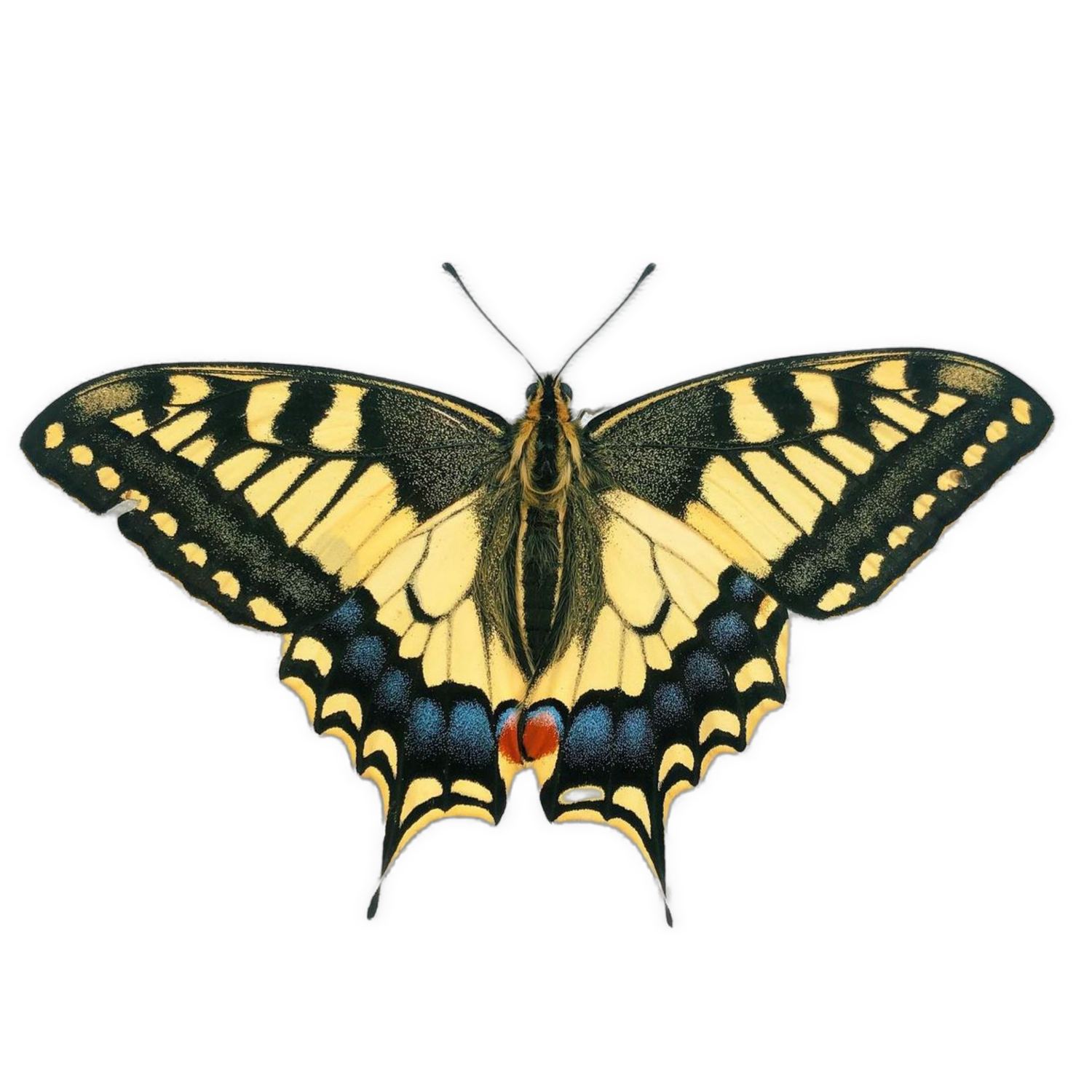Arctia caja PUPA
The Garden Tiger Moth is a striking native species and a classic for many enthusiasts - for many, it was one of the first species they reared after encountering caterpillars in the wild. As a small child I used to find the mature caterpillars munching on my grandparents’ Rhubarb patch and, delighted, would rear these to adulthood and release the moths! The caterpillars are sometimes known as ‘Wooly Bears’ due to their hairy appearance, which is particularly evident in the final instar before pupation, when the caterpillar uses these hairs to construct its cocoon. They will eat a wide variety of plants, but some of the best are ‘weeds’ like Dandilion, Dock, Nettle. Others include Willow, Privet etc. but they will accept a great variety, including supermarket lettuce! This species overwinters as a smallish caterpillar, remaining dormant among leaf litter until conditions improve enough to resume feeding.
Host plants: Dock, Dandelion, Nettle, Willow, and many others! These will eat almost any foliage
Difficulty: Easy (1/10)
Temperature: Room temp. or outside
Lifecycle: Continually brooded indoors; larvae will go dormant in winter outdoors, then wake up in spring
The Garden Tiger Moth is a striking native species and a classic for many enthusiasts - for many, it was one of the first species they reared after encountering caterpillars in the wild. As a small child I used to find the mature caterpillars munching on my grandparents’ Rhubarb patch and, delighted, would rear these to adulthood and release the moths! The caterpillars are sometimes known as ‘Wooly Bears’ due to their hairy appearance, which is particularly evident in the final instar before pupation, when the caterpillar uses these hairs to construct its cocoon. They will eat a wide variety of plants, but some of the best are ‘weeds’ like Dandilion, Dock, Nettle. Others include Willow, Privet etc. but they will accept a great variety, including supermarket lettuce! This species overwinters as a smallish caterpillar, remaining dormant among leaf litter until conditions improve enough to resume feeding.
Host plants: Dock, Dandelion, Nettle, Willow, and many others! These will eat almost any foliage
Difficulty: Easy (1/10)
Temperature: Room temp. or outside
Lifecycle: Continually brooded indoors; larvae will go dormant in winter outdoors, then wake up in spring
The Garden Tiger Moth is a striking native species and a classic for many enthusiasts - for many, it was one of the first species they reared after encountering caterpillars in the wild. As a small child I used to find the mature caterpillars munching on my grandparents’ Rhubarb patch and, delighted, would rear these to adulthood and release the moths! The caterpillars are sometimes known as ‘Wooly Bears’ due to their hairy appearance, which is particularly evident in the final instar before pupation, when the caterpillar uses these hairs to construct its cocoon. They will eat a wide variety of plants, but some of the best are ‘weeds’ like Dandilion, Dock, Nettle. Others include Willow, Privet etc. but they will accept a great variety, including supermarket lettuce! This species overwinters as a smallish caterpillar, remaining dormant among leaf litter until conditions improve enough to resume feeding.
Host plants: Dock, Dandelion, Nettle, Willow, and many others! These will eat almost any foliage
Difficulty: Easy (1/10)
Temperature: Room temp. or outside
Lifecycle: Continually brooded indoors; larvae will go dormant in winter outdoors, then wake up in spring

